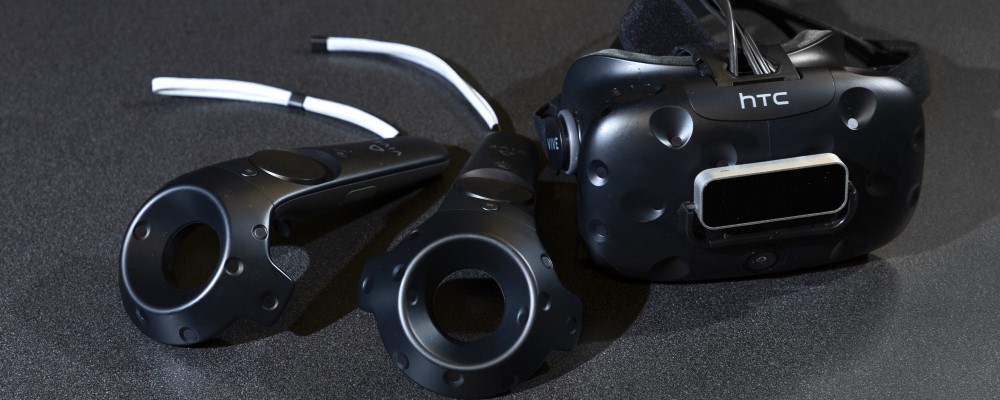
VISTA Master’s Scholarship winner, Sarah Vollmer, is the first digital arts and computer science trainee in the VISTA program. Her project supervisor is VISTA Core Member Graham Wakefield. She explains:
“If I could define my program and desired outcome of academically inclined intellectual pursuits it would be from the perspective of the journey, and not that of the destination. Originally coming from a scientific designation that invoked the association 'specificity and expert', I opted to instead redefine the ubiquitous "jack-of-all-trades" into something more akin to "Queen-of-all-trades". Noting the 'upgrade' from the existential 'know-of' to 'know'.
“It is here that York U's new graduate program in Digital Media, offered through AMPD's Computational Arts and Lassonde's EECS program, finds me. Where else can one fuse how technology evolves with our human conceptual framework of how we too want to evolve? There is a substantial need to consider the multi-faceted construct that is technological evolution. One must incorporate the substantiated existence that is 'being human'.
“Through my graduate studies in Digital Media here at York, I look at what this means in the context of the boundary between 'virtual-reality' and 'reality'. I consider ideas that can be augmented by, and driven with, artificial intelligence models such that the question 'what is real?' is intensified and made tangible. Of particular interest is the creative medium that allows visual-haptics to coincide 'virtually', that is, how does one create an idealized 'immersive' state of existence in the limitations that define our virtual, and arguably existential, presence?
“The VISTA paradigm permits such an exploratory designation. I am given the space and time to reflect and create on the lack of native authoring tools accessible for creative and artistic expression in virtual mediums. Starting with a basic remapping of 'painting' in VR, I plan to push the boundaries of what it means 'to code' in general. I want to remove the keyboard and replace it with physical intuitive gestures highlighting conceptual frameworks that live to learn and learn to live with us, through us, and by us.”

